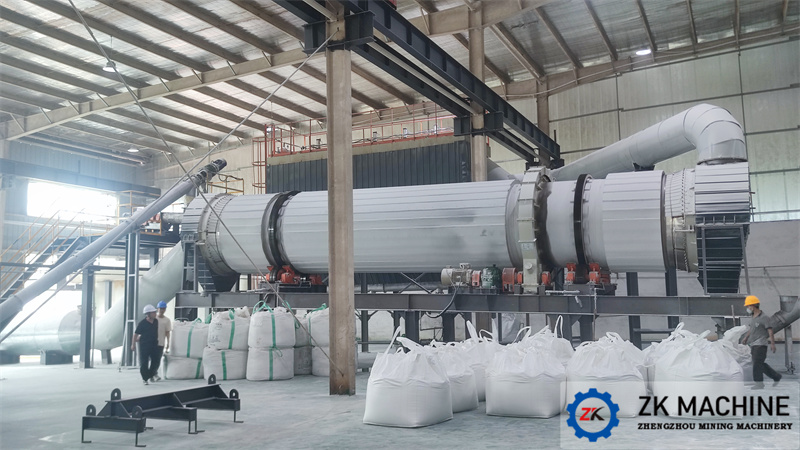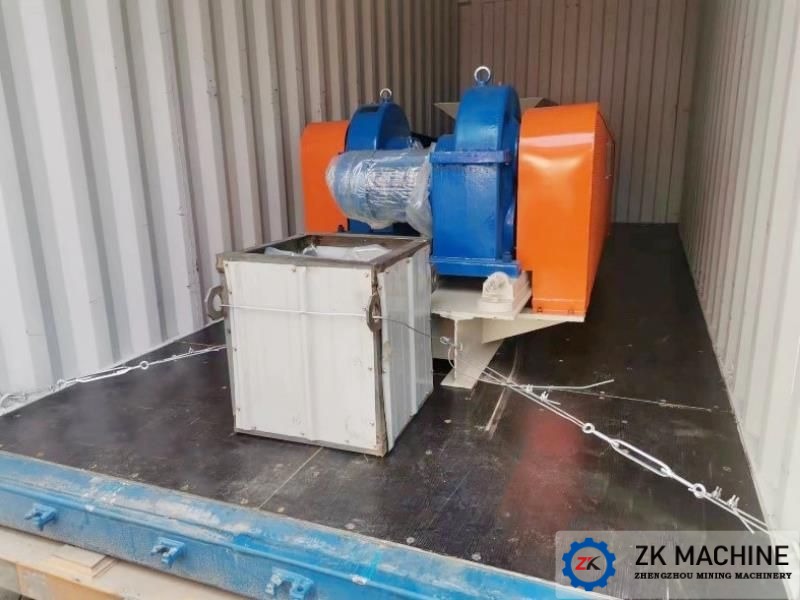Application Scope of Bucket Elevator
1. Application scope of bucket elevator
Bucket elevators are used to transport powdery, granular and small block materials vertically or tilted. The advantages of bucket elevators are: small cross-sectional dimensions, allowing for a compact conveyor system; large lifting height; good sealing, etc. Its disadvantages are that it is highly sensitive to overload; the hopper and traction components are easily damaged.
The bucket elevator can lift materials to a height of up to 80m (such as TDG type), and the general range is less than 40m. The conveying capacity is below 1600m3/h. Under normal circumstances, heavy straight bucket elevators are mostly used. When vertical bucket elevators cannot meet special process requirements, inclined bucket elevators are used. Since the traction component of the inclined bucket elevator requires an additional device to support the traction component when the sag is too large, which complicates the structure, the inclined bucket elevator is rarely used.
2. Bucket elevator classification
2.1 According to different installation methods, it can be divided into vertical type, tilt type, and vertical and horizontal type;
2.2 According to different unloading characteristics, it can be divided into centrifugal type, centrifugal gravity type and gravity type;’
2.3 According to different loading characteristics, it can be divided into pull-out type and flow-in type;
2.4 According to different types of traction components, it can be divided into belt type and chain type (plate chain, ring chain);
2.5 According to different hopper forms, it can be divided into deep bucket type, shallow bucket type, and scale bucket (triangular bucket or trapezoidal bucket) type.
3. Main features of bucket elevator
3.1 The driving power is small, and it adopts inflow feeding, induced discharging, and large-capacity hopper intensive arrangement. There is almost no material return and excavation when the material is lifted, so the ineffective power is small.
3.2 The lifting range is wide. The bucket elevator has few requirements on the type and characteristics of materials. It can not only lift general powdery and small granular materials, but also materials with greater grindability. It has good sealing and less environmental pollution.
3.3 It has a long service life and is designed to ensure that materials rarely scatter during feeding and unloading, thus reducing mechanical wear.




